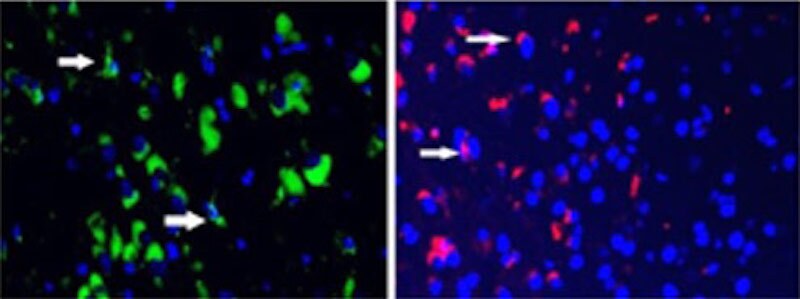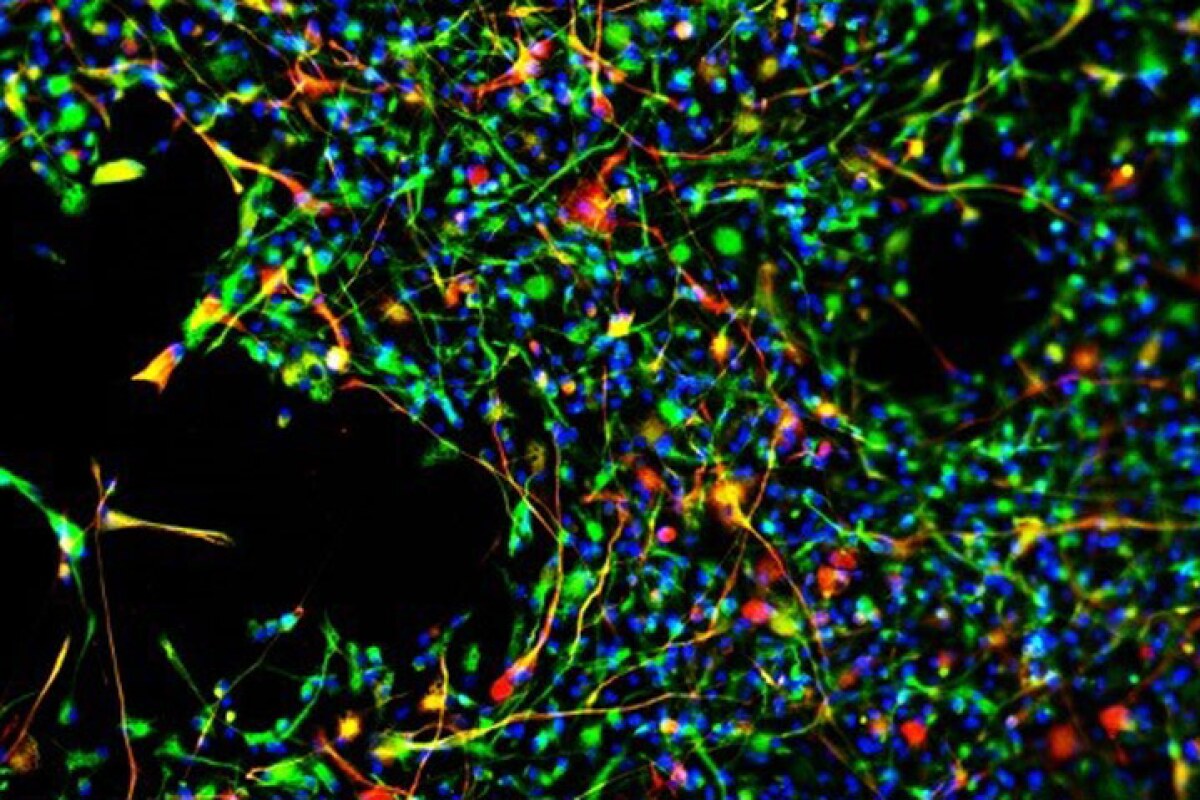Researchers have developed a drug that can mimic inflammation signals to lure stem cells to damaged tissue, without causing any further inflammation. The technique could be a boon for regenerative medicine to treat neurological disorders.
Inflammation is the body’s natural response to injury and damage, swelling up to allow better blood flow to the area. It also acts like a “fire alarm” to attract the attention of the immune system to help the healing process, and stem cells are some of the most important responders.
In theory, inflammation could be used to lure these regenerative stem cells to injuries, but of course there are risks. Chronic inflammation underlies conditions like arthritis, multiple sclerosis and Crohn’s disease, and has even been linked to cardiovascular diseases, Alzheimer’s and depression.
So for the new study, the researchers investigated ways to summon stem cells using inflammation signals without creating further inflammation. The team modified an inflammatory molecule called CXCL12, which had previously been identified as a stem cell attractor. They found that it contains two “pockets” – one that binds to stem cells and one for inflammatory signaling – so they developed a drug that maximizes the binding but minimizes the signaling.
The end result is a drug they call SDV1a, which is designed to be injected almost anywhere in the body to lure stem cells there to begin healing an injury, without causing inflammation.
“Since inflammation can be dangerous, we modified CXCL12 by stripping away the risky bit and maximizing the good bit,” says Evan Snyder, senior author of the study. “Now we have a drug that draws stem cells to a region of pathology, but without creating or worsening unwanted inflammation.”

The team tested the drug in mice with neurodegenerative Sandhoff disease. They implanted SDV1a into the brains of these mice, along with human neural stem cells, and found that in the treated mice stem cells were better able to migrate where they were needed and start healing. That resulted in extended lifespan, delayed onset of symptoms, better motor function for longer, and reduced inflammation, compared to control mice that didn’t receive the drug.
“We are optimistic that this drug’s mechanism of action may potentially benefit a variety of neurodegenerative disorders, as well as non-neurological conditions such as heart disease, arthritis and even brain cancer,” says Snyder.
The research was published in the journal Proceedings of the National Academy of Sciences.





